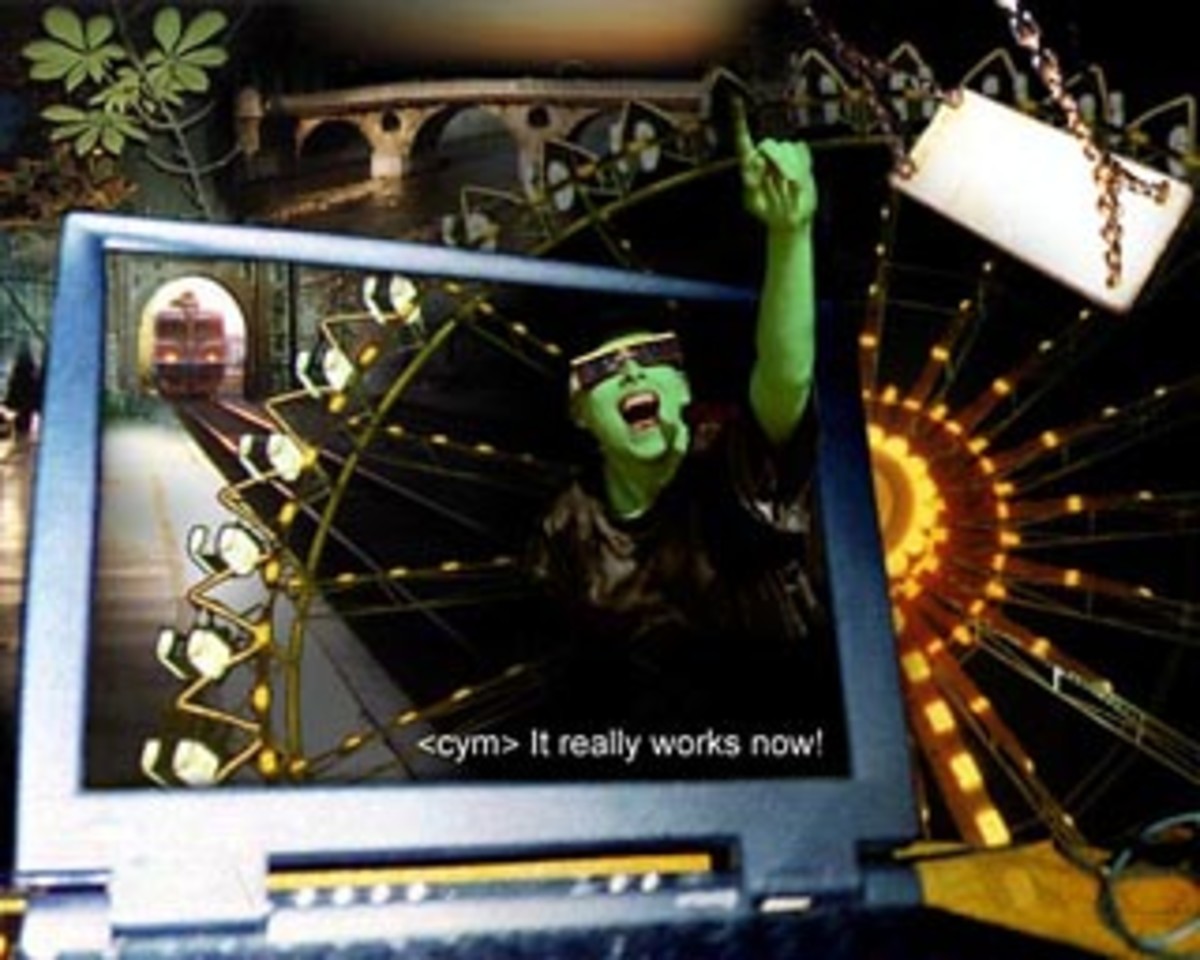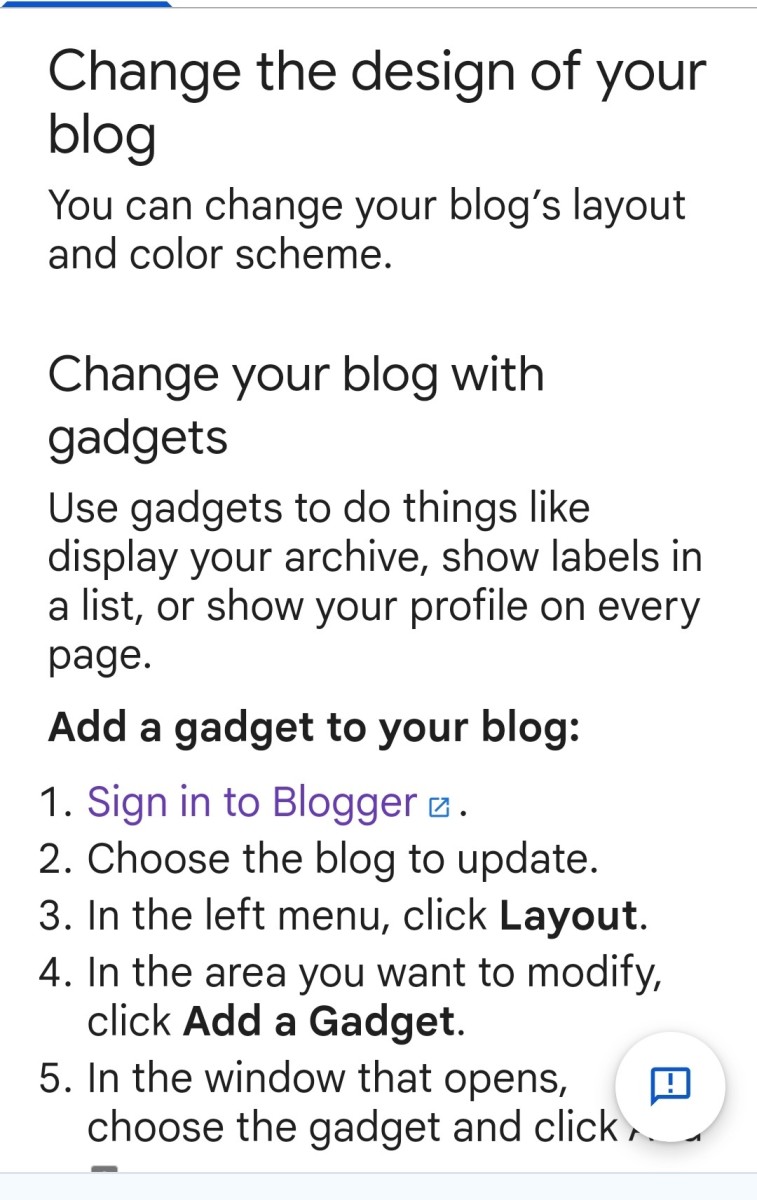What Value Does A Well Designed Footer Bring To A Web Page?
In the excitement of starting a website project, it's often natural for the project owner to concentrate their design efforts on the homepage, header and content section. Too often the footer section is cobbled on as an afterthought. It becomes a poorly designed dumping ground for copyright, legal disclaimers and spammy SEO links, but the footer section shouldn't really be this way.
The footer section of a webpage is as important as its header section, perhaps more so.
The footer section of any webpage is the last section that all site visitors see. This could be the point at which they will:
- Sign up for service
- Want to read another article
- Fill up a Contact Form
Ask yourself - What is it that site visitors should do when they reach the footer section of the webpage?
The answer you come up with will be a great starting point for designing the footer section of your webpage.
Strategic Approach To Footer Creation
This answer changes from project to project, will depend on the nature of the website and whatever the website owner desires to happen in the footer section of their website.
If it’s a Blog page then keeping site visitors on the page is all important, hence links to other recent, related, popular Blog posts are often placed in the footer section.
If it’s an E-Commerce website then its webpage footer may have a strong Call-To-Action or a small Newsletter signup form.
Carefully consider the content that a page footer will hold. It maybe tempting to utilize the webpage footer section to simply place various odds and ends, do remember that this weakens page footer potential dramatically.
Designing a great webpage footer is not about finding the best way to layout a lot of unrelated content, but the ability to prioritize and as well as disregard / discard unnecessary or superfluous information.
Remember Conventions
Keep in mind some of the conventions that exist today when it comes to the design and content of a webpage footer. Today many site visitors expect to find contact details for a business in the page footer section. Others will look for the website disclaimer or privacy policy and so in the webpage footer section. All of this can be grouped into a footer section Menu, and other more important issues dealt with in the webpage footer section that will add real value to the website.
Here Are Some Examples
Creative Contact Information

Jared Johnson is a freelance designer. He prioritizes his contact information in his webpage footer. Prioritizing contact information in his webpage footer makes a great deal of sense. He wants the site visitor to act on this information, a subtle but strong Call To Action.
The way in which he utilizes color and scale to differentiate his email address and telephone number from the rest of the footer ensures they are easy to find.
Footer Navigation Links

Placing navigation links to less important areas of a website within a webpage footer is a great way to utilize its footer section. This can help de-clutter the main ( Top Menu Bar ) navigation, which in turn aids usability. This is a particularly good thing to do for websites with a lot of content.
Monocle place links to less important areas of their website within the footer, helping to reduce the complexity of their main navigation. A search bar is also included so users can search for additional information, a Back to top link is also thoughtfully available.
All Navigation Links In The Footer

Ditto and eyewear retailer has taken the idea of Footer links one step further. It has moved its navigation links normally found at the top from the top of a webpage to its footer.
In doing so, they have limit the options available to casual site visitors. This permits Ditto to lead customers through their product selection process easily.
Other site visitors, with perhaps specific goals, will naturally scroll to the bottom of the webpage to find the information they require.
Include A Site Map
A site map is an important aspect of a website. It helps site visitors find the information they are looking for quickly and easily or they will go elsewhere. If a site is disorganized or important information is difficult to find, a site visitor will navigate away pretty quickly.
With so many websites on the Internet, cohesive, organized content is vital to keep site visitors on the website and hopefully become customers. A site map will help surfers find what they are looking for and keep the site organized.
A Link Back To The Top Of The Page
When site visitors reach the page footer they do not want to take the time to scroll back to the top of the webpage. If the webpage footer has a link to the top of the page it will help site visitor’s move back to the top of the site conveniently. This link is needed especially for web pages that have the new Web 2.0 look and feel.
White Space
Many web designers pack so much information into a webpage footer that it appears horribly cluttered. As with the web page, the webpage footer needs sufficient white space. When designing a web footer, it is important to create a way for the necessary information to be included without visually overwhelming the site visitor.
Contact Information
The best way for a web site owner to make sure that potential customers reach the business with questions is to have contact information on every page of the site. Placing a quick contact form in each web page footer will help ensure potential customers and current customers can reach out quickly to the web driven business quickly.
About Us Information
Site visitors often want to know about the organization they are considering to transacting business with.
With a ton of fraud businesses on the Internet, site visitors often feel a lot more comfortable knowing that the company they are considering transacting business with is real. Placing the About Us information in the webpage footer can help site visitors realize the company is legitimate.
The information that a company places in the webpage footer can make or break a website.
A Site map, Contact information, About Us information all helps site visitors know how to navigate a website, reach out to the company they are considering doing business with, with questions, and learn more about the company before they become customers.
Keeping a footer well organized, uncluttered and meaningful to the site visitor can help make the webpage footer the final professional touch of the webpage thus adding great value to the website.
Ivan Bayross
Open source training | Open source tutorials








